This blog post is part of A Chronic Voice’s ‘A Day in the Life’ Linkup. I am answering the questions provided to share a day in my life as someone living with Functional Neurological Disorder.
In brief, illnesses and/or disabilities I have:
I live with a neurological disorder known as Functional Neurological Disorder (FND). A common neurological disorder by all accounts, but one which few people have even heard of the condition.
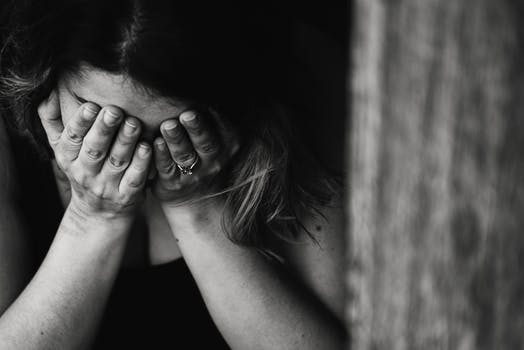
There are no structural abnormalities present in the brain of the individual with FND. The problem lies with the functioning of the nervous system and how the brain and body send and receives messages.
It is a disorder that has a profound effect on my daily life. It affects my mobility, daily activity levels, sleep patterns, and so much more.
"FND has a profound effect on my daily life. It affects my mobility, daily activity levels, sleep patterns, and so much more." Click To TweetWhere do you come from? How accessible is your city/town?
My life with FND occurs in a village in South Wales. Many of the amenities that exist and the nearest bus stop are more than a mile from where I live. As a result, and due to the mobility problems that occur, I spend most of my time at home. I have to rely on other people to be able to leave the house due to the severity of my symptoms.
Even if a bus stop was closer to my home, due to the seriousness of trembling in the legs, I am not able to stand for long. Therefore public transport is not accessible to me. The accessibility of where I live for me and my condition is minimal.
My first thought and/or sensation when I become conscious in the morning:
Upon waking in the mornings, every morning, I am met with the sensation of trembling in the legs. The severity of this sensation may not be the same every day, but it is always present; perhaps one of the only certainty of living with this condition. Before I attempt to get out of bed, I also take the time for a quick body scan. A scan to scope any odd sensation or gauge the level of pain I am experiencing at that moment in time. As well as noting the likelihood that the dizziness or any one of the other numerous symptoms I experience is going to be problematic for the day ahead.
"The severity of the trembling in the legs may not be the same every day, but it is always present; perhaps one of the only certainty of living with this condition." Click To Tweet
As I gently pull myself out of bed, more often than not, my legs immediately give out. I end up in a heap on the fall, sometimes ending up with bruises and scrapes as a result. All there is to do is haul me back into bed and wait until the strength in my legs returns.
How long it takes for me to go from zero to functioning, if at all:
Every day is different. The length of time to go from zero to functioning varies from day to day. Generally, it takes anything from half an hour to two hours before I can get out of bed, and ready to tackle the day.
"Every day is different. The length of time to go from zero to functioning varies from day to day." Click To TweetWhat my morning routine is like in general:
My immediate morning routine consists of taking the prescribed medications to help control the crippling symptoms with juice or a glass of cold, ice water.
The morning process of having a shower and getting dressed takes some time because of the crushing pain and fatigue that exists. As well, of course as the constant trembling and shaking in the legs. A shower stool is a necessity when having a shower, therefore, and rest is a necessity before being able to get dressed.
Best and worst times of the day in terms of pain, fatigue, etc:
Mornings, therefore are the worst times of the day in terms of pain and fatigue. The lack of physical movement and any pain medication during the night, making the muscles feel weak and lethargic. Nights aren’t any better either, however, as the busyness of the day and the physical activity takes its toll. It often causes debilitating pain and weakness, particularly in the legs, making sleep difficult to encounter. As a result of not getting restorative sleep the night before, fatigue is once again present the next day. The cycle continues.

The late morning and early afternoons are then the best times of day, and although pain is always present, the decrease in fatigue means that I am able to get the most done.
What I consider a daily self-care must do:
I consider taking the time for a nice, hot shower a daily self-care must do. It allows me to ‘wash away’ yesterday’s troubles out of my system and preparing me for the day ahead. The time also allows for some pampering by using luxurious products which help me to look and feel good. It is important to look after mental health just as much as the physical side when living with chronic illness.
"A hot shower a daily self-care must do. It allows me to 'wash away' yesterday's troubles out of my system and preparing me for the day ahead." Click To TweetThe household chore I have the most trouble with:
While my parents are at work, I do the household chores that I can still do and does not use too much of the limited energy I have budgeted for the entire day. Ironing is the household chore I have the most trouble with due to the length of time required to stand. Doing so takes a considerable amount of energy; as I stand, I can feel the force and strength of the trembling inside my legs. On some occasions, my legs have given way in the middle of ironing.
A task I wish I had more help with:
If there was a task that I could have help with then I would choose ironing as it can be dangerous with unpredictable legs like mine. Or a cleaner to help around the house would be great too.
The part of the day I like best:
My favourite time of the day is between 2.00 and 3.00 in the afternoon after my Mum returns home from work. It’s a lovely time of the day where we can catch up with each other’s goings-on. It also allows time to catch up on missed programmes, which as a TV addict I very much enjoy.
What’s breakfast, lunch and dinner typically like:
How do I manage when it comes to food and life with FND? Due to the overwhelming pain and nausea that accompanies it in the morning, it means that I rarely eat breakfast. If I do, then it is something light such as toast with a little peanut butter. Or on the days, where my legs are really bad and I am hungry than I grab a breakfast bar.
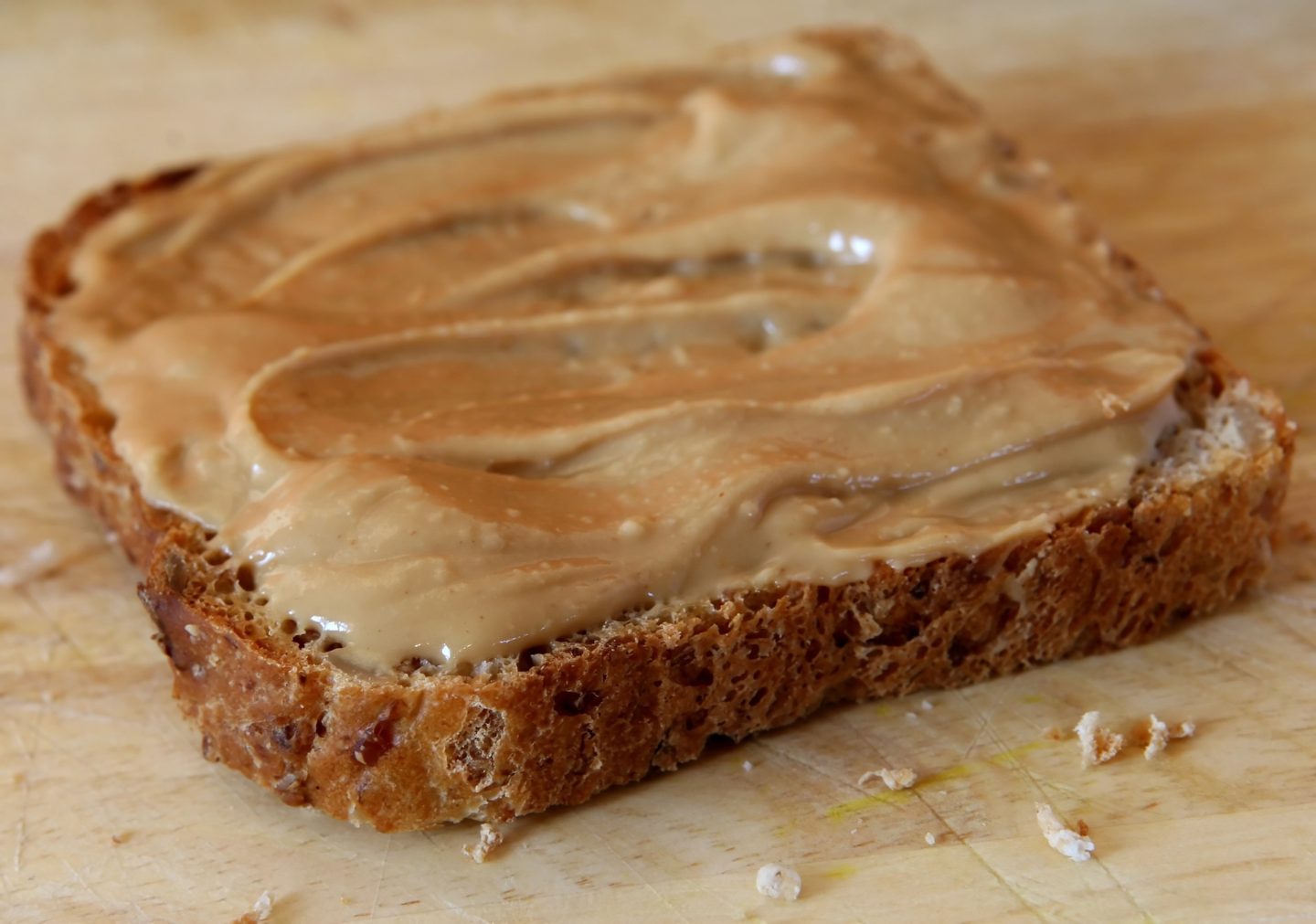
Lunchtimes are often problematic, as my legs can be bad after completing chores, so I often have whatever my parents have bought or made for me from the fridge.
A kitchen can be a dangerous place when living with sudden and unexpected falls. For this, I am lucky that I am still able to live with my parents, and Mum is often in charge of the cooking. If I do any cooking, I need a perching stool and supervision.
How do I unwind for the evening?
In the evenings I usually unwind by watching my favourite TV programmes. Or if there is nothing worth watching a film that we haven’t had a chance to see yet. Failing that and when I am spending time on my own, I like to unwind by catching up with social media and reading blogs and other health articles which I schedule to share on my social media channels.

I have recently begun to implement a strict routine for the nights in order to help me sleep better at night. I keep to a strict skincare regime, take my medication and read the latest book I have on the go before switching the light off.
Are you are able to do any exercise? If so, what do you enjoy and does it help with managing your pain?
Recently chronic pain has become a real problem for me, and as such exercising hasn’t been something, I’ve been able to do. I did use to regularly attend a gym, which had toning chairs and beds, and a recumbent bike which I loved to use. Unfortunately, it has since closed. But I am soon hoping to start using a pilates machine with a rebounder that we have in the house to improve my fitness and stamina.
Things that help me de-stress in my every day life:
To de-stress in my everyday life, I like to read, listen to music, especially uplifting, happy songs, and to create such playlists can be a joyful past time in itself. I also enjoy puzzles, especially code words, and have a book of them on my bedside table. They are a great distraction from the crippling pain that invades my body.
People I see most often and my favourite activities to do with them:
The people I see most often are my parents with whom I live, and my carer who is employed to take me out twice a week. With limited mobility, I love to visit coffee shops and enjoy time away from the house. On bad days, I do so with a book to distract me from the crippling pain. Or visiting garden centres and enjoying being surrounded by nature and beautiful flowers.
Been very much anticipating the new @jodipicoult book #ASparkOfLight for ages!! Can’t wait to get stuck in with a mug of hot chocolate in one of my favourite coffee shops. A lovely way to spend a wet and miserable Thursday morning! pic.twitter.com/L52cGbMo49
— Rhiann Johns (@serenebutterfly) November 8, 2018
It is also lovely just to be able to chill out at home, doing what we love to do on our own. Or, spending time together watching TV shows that we all enjoy, or a film that we all can agree on.
If you got ‘normal people sick’, how much impact does that have on top of things?
I am lucky that I do not suffer from ‘normal people’ sickness that often, and I find it as more of a hindrance than anything. It causes extra fatigue on the fatigue that already exists, which make any functioning at all very difficult. It also takes me longer to recover from being sick than it would normally.
If I could leap out of bed pain free for ONE day within my current environment and circumstances, I would…
If miraculously I could leap out of bed pain-free for one day, I would take advantage to see how it would feel to live a ‘normal’ life. A packed and productive day of activities to sample what life would be like if not limited by pain and illness.

I would also love to go window shopping in one of my favourite places without the worry of legs giving out or a pain flare. And then to end this miracle of a day, a celebratory dinner at a favoured restaurant. Eating out is something that I love, but due to the restraints of chronic illness, isn’t something I can always do.
Is there anything else you’d like to share about daily living with chronic illness/disability?
Many people assume that every day is the same when living with pain and illness. That our abilities and limitations are stable, remaining the same day in and day out. However, pain and other symptoms that accompany chronic illness fluctuate.
Some days I may only experience one or two symptoms of FND. On other days I may complete the whole set. Life with FND or any chronic illness is like opening a box of chocolates every day; you never know what you are going to get or what is in store for the day. It’s an unpredictable and uncertain life.


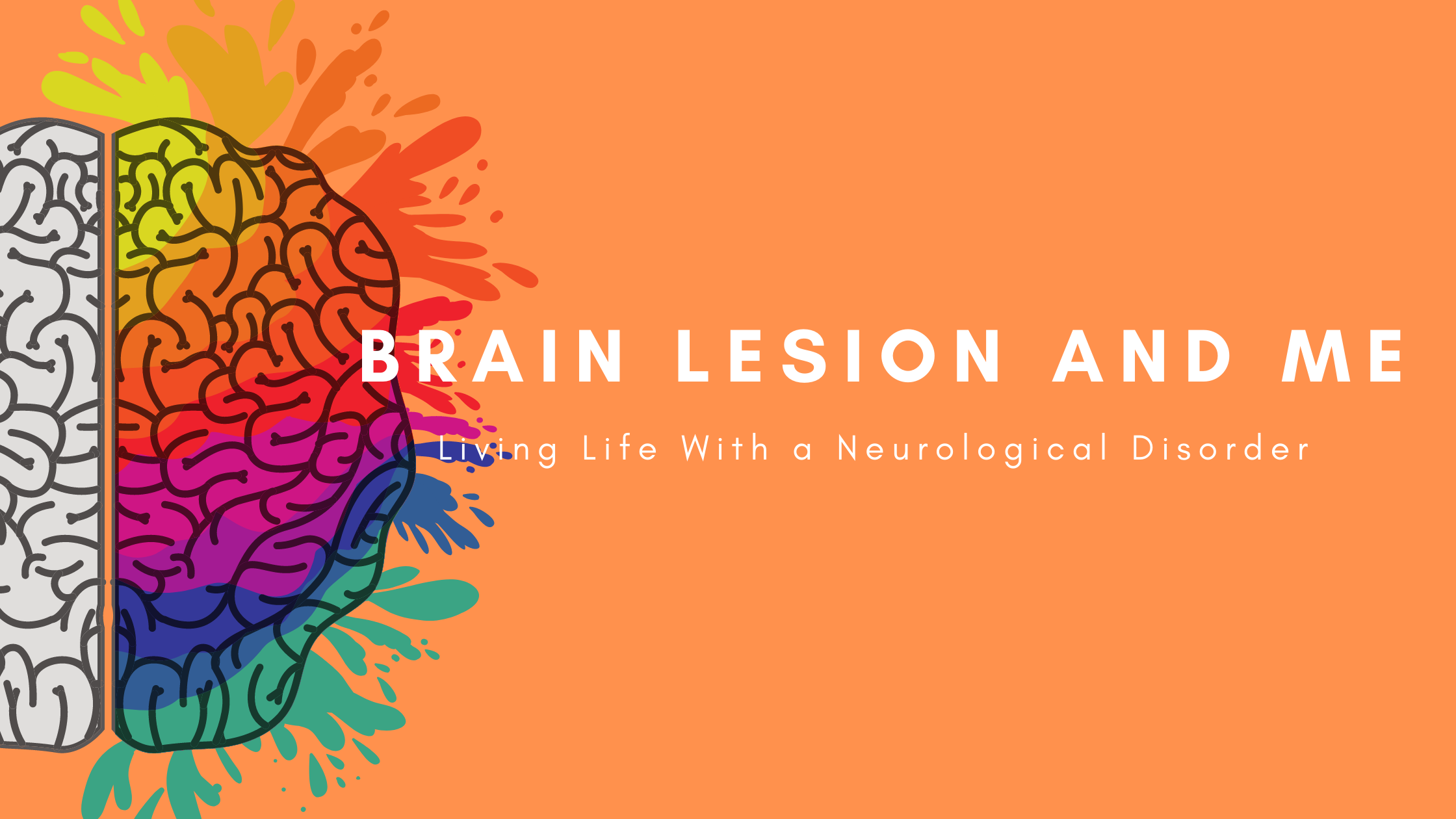
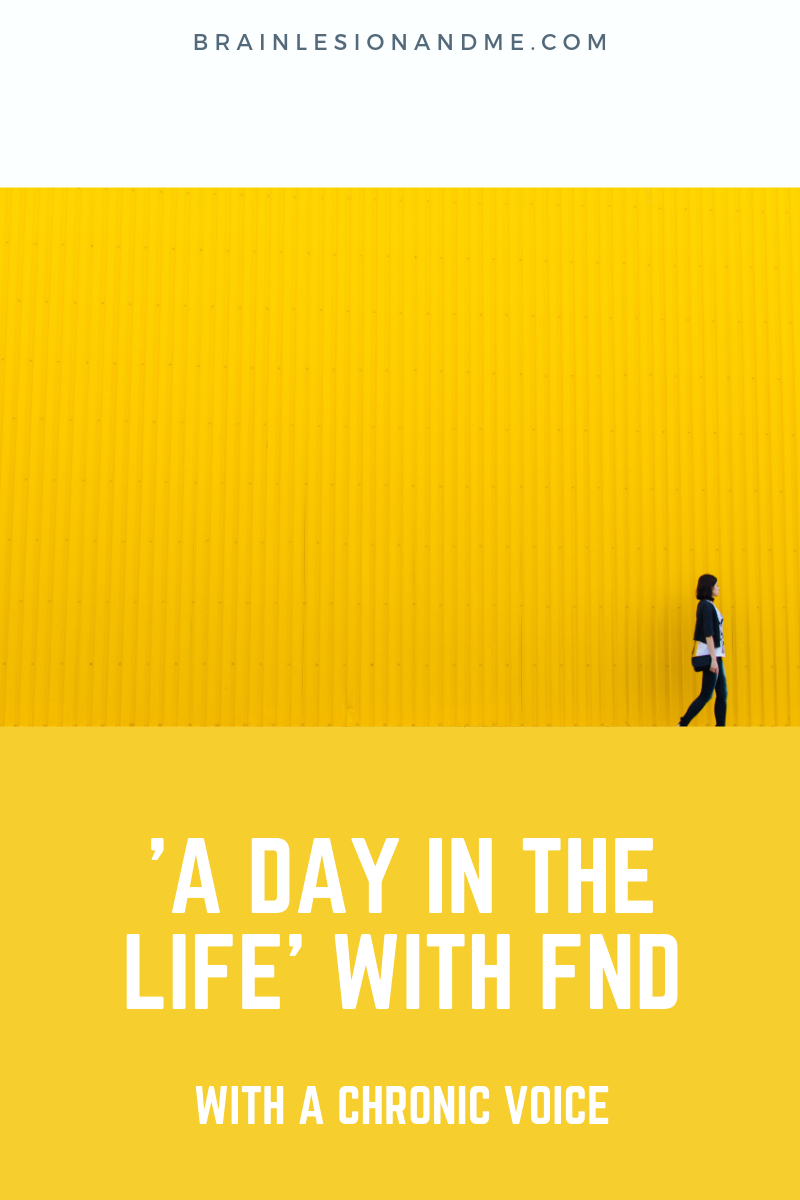
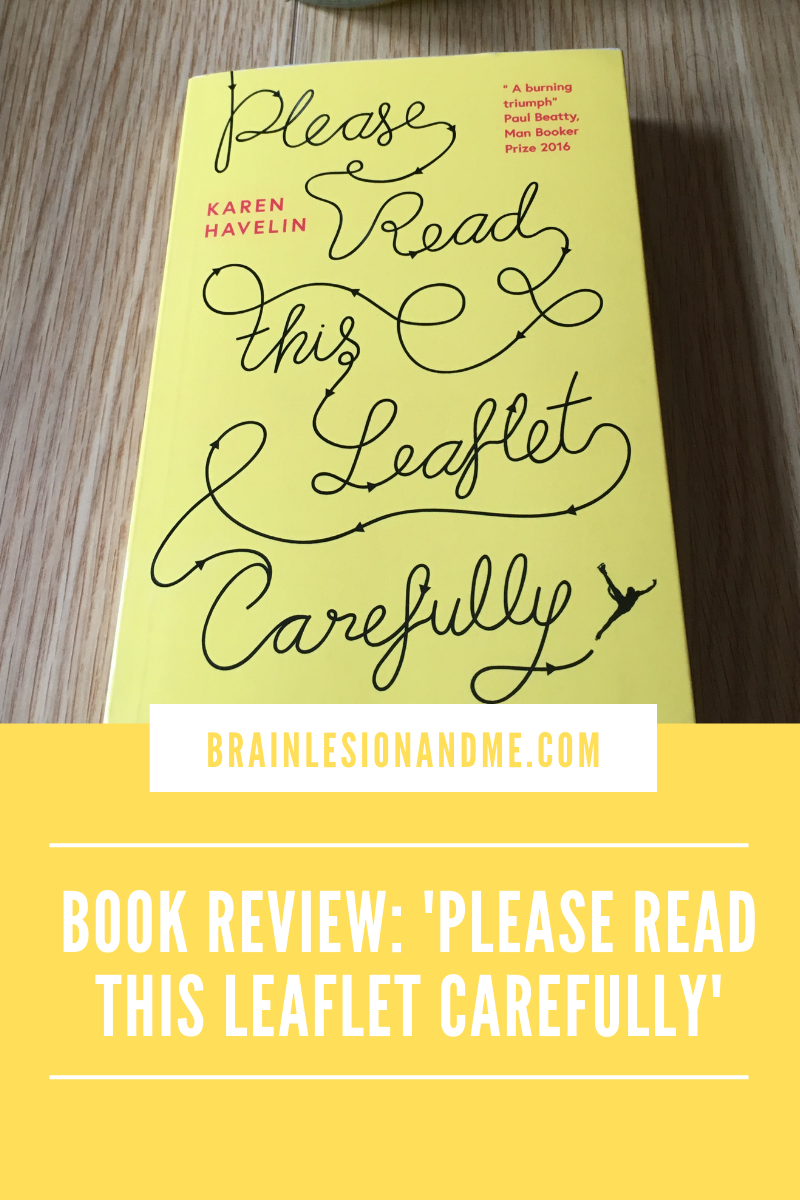
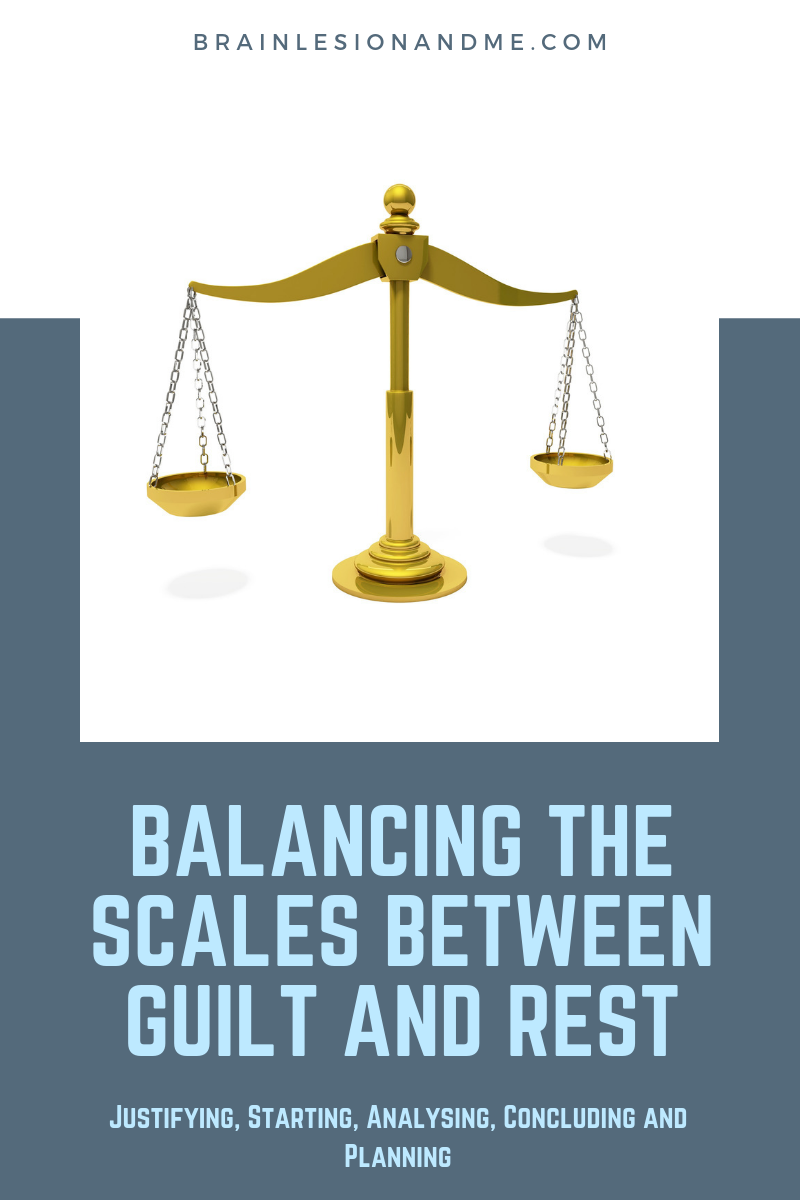
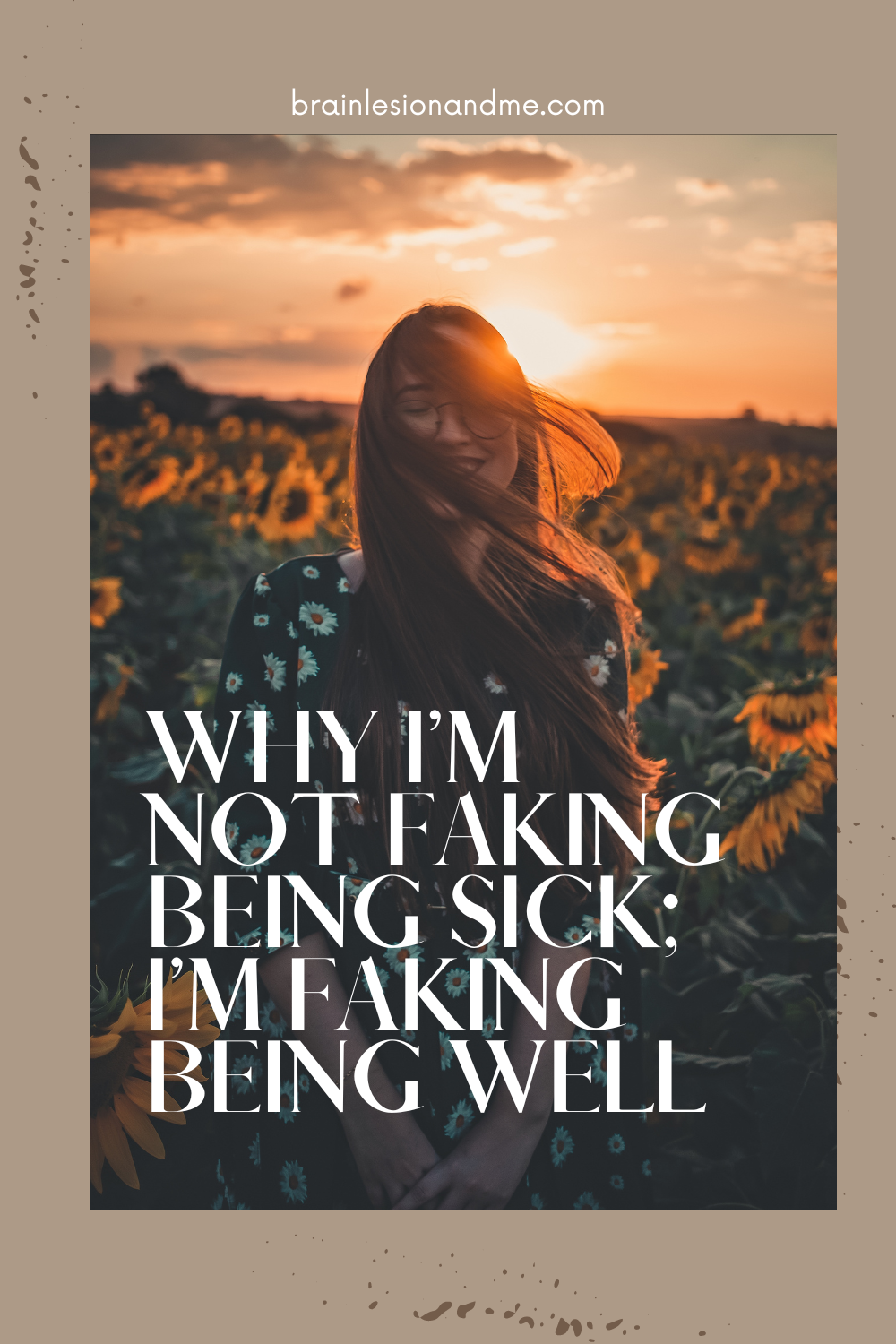

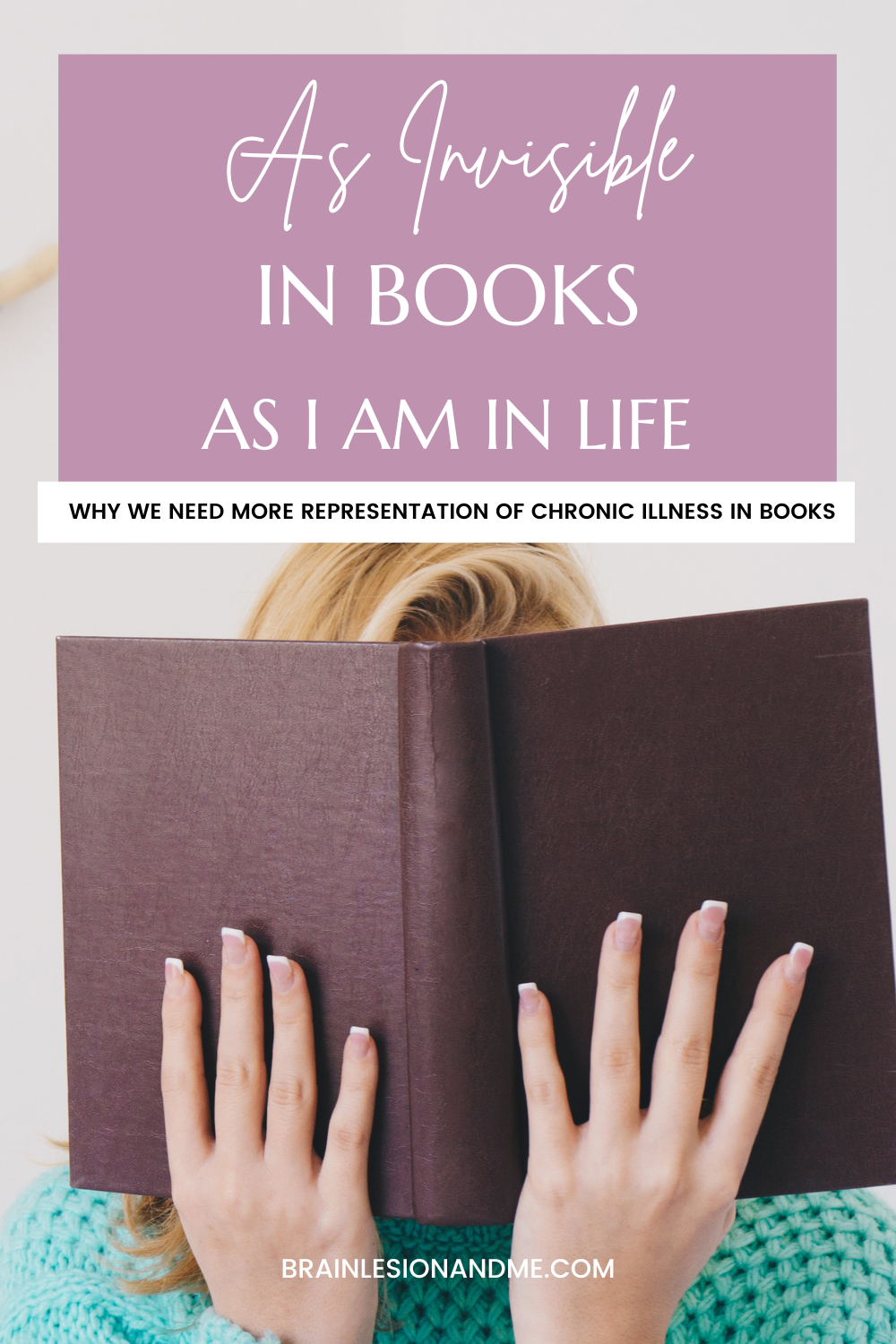
Caz / InvisiblyMe
You have given such a vulnerable, open insight into what life is like; I take my hat off to you for everything you have to deal with. I struggle with the ironing because of the time standing up, too. Have you ever tried a bar stool or similar? I end up doing it in small sections, which is a bit annoying but the only way it’s doable, but a tall chair might not be a bad idea (or, it could just make it more awkward, which is a good excuse to forget the ironing altogether ?). I think you have done a brilliant job with this post lovely! xxxx
Ella
This is such an important perspective in creating a conversation around chronic illness. I especially love your response to the last question. Chronic illness is incredibly unpredictable, and you’ve done a great job articulating your experience. I really enjoyed reading your day in the life.
Nyxie
Such a wonderful post, so open and honest. In regards to the ironing, my grandmother used to lower the board to her level and sit on a chair in her later years. It was easier on her to be able to sit and do it than to struggle to stand. Even while she was doing the dishes she would sit.
The response to the final question is so spot on. It’s one day at a time, and each day can be completely different!
Becky Derbyshire
i love how honest and open you are in this post. First time i have come across your blog…hi!